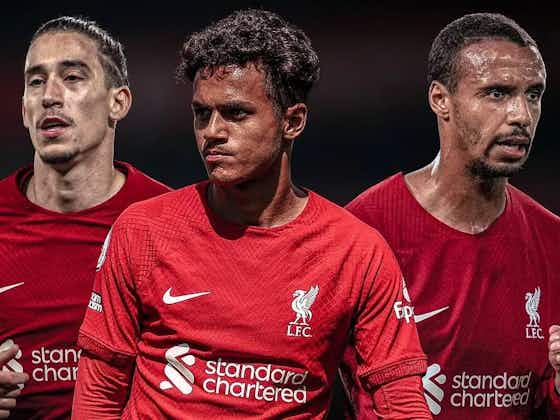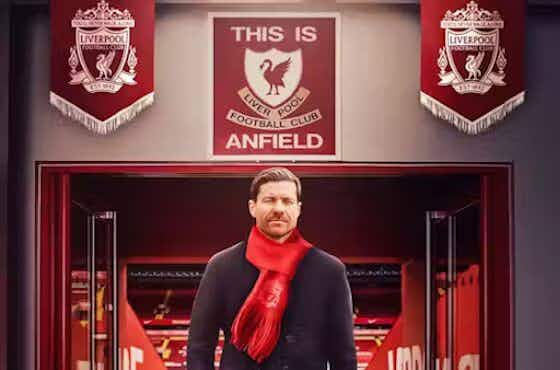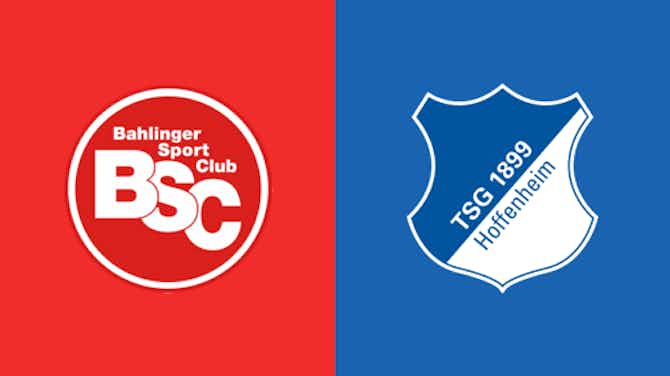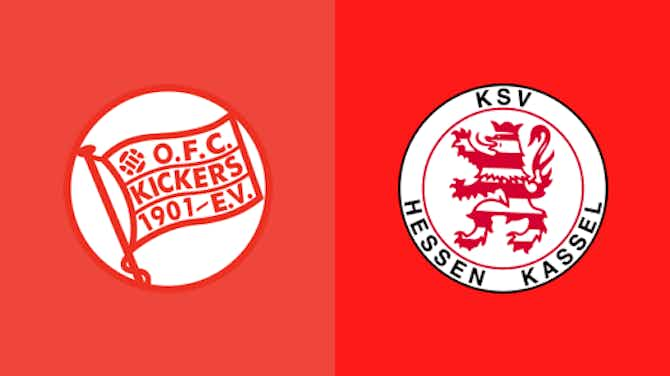Anfield Index
·22 April 2024
Strategic Play: Analyzing Liverpool FC’s Transfer Tactics Compared to Premier League Rivals

Anfield Index
·22 April 2024

In the fiercely competitive realm of the Premier League, transfer strategies play a pivotal role in shaping the fortunes of football clubs. As a centerpiece of club management, these strategies not only determine the composition and quality of the team but also reflect broader economic and competitive dynamics within the league. Liverpool FC, with its rich history and recent success, provides a compelling case study for examining these dynamics. Known for its strategic acquisitions and effective utilization of data analytics, Liverpool’s approach to the transfer market often contrasts with the methodologies of other top-tier clubs, which may rely more heavily on financial muscle or different scouting philosophies.
This article aims to undertake a comparative analysis of Liverpool’s transfer strategies against those of its Premier League counterparts. By exploring the intricacies of Liverpool’s approach, including the key decision-makers and the underlying principles that guide their transfer decisions, we will contrast these with the strategies of other clubs—ranging from fellow title contenders to those fighting relegation. Through this analysis, we will uncover the nuances that define successful transfer strategies in the modern football era, offering insights into how different clubs navigate the complexities of the transfer market to achieve their objectives.
Liverpool FC’s transfer strategy stands out in the Premier League for its innovative and analytical approach to scouting and acquiring players. At the heart of their strategy is an emphasis on data analytics and a robust scouting network that works tirelessly to identify talent that not only fits the technical requirements of the team but also offers value for money. This approach has been instrumental in helping Liverpool secure players who have made significant impacts, often at a fraction of the cost of more high-profile signings by other clubs. Central to the decision-making process at Liverpool is the integration of traditional scouting with advanced analytics. The club has invested heavily in data-driven methodologies that assess a player’s performance metrics across various scenarios and leagues. This blend of high-tech analysis and seasoned scouting acumen allows Liverpool to uncover undervalued players who can thrive under their system.
The success of Liverpool’s transfer strategy is also reflected in their focus on sustainability and long-term planning. Unlike some clubs that pursue short-term success by acquiring star players at peak market prices, Liverpool tends to invest in younger talent that can be developed over time. This emphasis on nurturing young prospects ensures a steady pipeline of talent and maintains squad depth without breaking the bank.
For instance, their acquisition of players like Mohamed Salah and Sadio Mane, who were known but not yet global superstars, underscores their ability to spot and refine talent. These players were transformed into some of the most formidable forwards in the world under Liverpool’s guidance, highlighting the efficacy of the club’s strategic approach.
Moreover, Liverpool’s strategy is not just limited to player acquisitions but extends to retaining key talent and managing exits strategically to maximize player value and squad stability. This holistic approach ensures that every transfer decision aligns with the club’s long-term vision and financial health, maintaining competitive performance without succumbing to financial imprudence. For fans who want to stay updated on Liverpool’s activities, especially during the transfer windows, and who enjoy gaming and sports, downloading the BC Game app for iOS can be a great way to engage more deeply with both the sporting and interactive aspects of football fandom. This app provides a platform for immersive engagement, allowing fans to follow their favorite clubs closely and participate in games that enhance their understanding and enjoyment of football strategies.
Liverpool’s strategic, data-informed, and financially prudent transfer policies not only set them apart in the Premier League but also serve as a benchmark for other clubs aiming to achieve sustainable success in the highly competitive world of football.

When comparing Liverpool’s transfer strategy to other Premier League clubs, it becomes evident that there is a broad spectrum of approaches within the league, each tailored to the specific needs, resources, and ambitions of the clubs. Top-tier clubs like Manchester City and Chelsea, for instance, often employ a more capital-intensive strategy. These clubs tend to invest heavily in established stars, leveraging their considerable financial resources to outbid competitors for the most sought-after talents in the world. This approach often yields immediate on-field success, but it comes with high financial risks and less emphasis on player development. In contrast, clubs like Tottenham Hotspur and Arsenal have sometimes adopted a more balanced approach, focusing on a mix of nurturing young talent and making strategic marquee signings that offer both quality and marketability. These clubs often focus on long-term development and integration of players into their systems, somewhat similar to Liverpool’s approach but generally with more conservative spending.
Mid-table clubs, such as Leicester City and Everton, often have to be even more judicious with their investments. Their strategies tend to involve scouting for emerging talents from lesser-known leagues or relying on loan deals and free transfers to bolster their squads. The objective here is often about finding the right balance between competitive performance and financial stability, ensuring that they remain in the Premier League while gradually building a team capable of challenging for higher honors. Clubs facing relegation threats, such as Norwich City or Watford in recent seasons, typically operate under a different set of pressures. Their transfer strategies are frequently reactionary, aimed at short-term survival in the Premier League. This might involve signing experienced Premier League players on short-term deals or taking gambles on unproven talents who could potentially make an immediate impact.
In all these cases, the success of a club’s transfer strategy can significantly influence their seasonal performance and long-term outlook. While clubs like Manchester City and Chelsea can afford to make expensive mistakes, others must be far more precise in their recruitment to avoid financial peril. Liverpool’s strategy of blending advanced analytics with traditional scouting has set a standard in the league, demonstrating that strategic acumen can compete effectively against financial power. For those interested in the financial and strategic dynamics of football clubs, exploring platforms like BC Game Casino can offer additional insights. Engaging with games and discussions on such platforms can deepen understanding of risk management and strategic decision-making, mirroring the complexities clubs face in the transfer market.
This diverse landscape of transfer strategies in the Premier League illustrates that while financial might provides an advantage, strategic planning, and execution are crucial for sustained success in one of the world’s most competitive sports leagues.
In evaluating Liverpool’s transfer strategy in comparison to other Premier League clubs, several trends and insights emerge, shedding light on the evolving dynamics of football management and the broader implications for the sport’s future.
Liverpool has been at the forefront of integrating sophisticated data analytics into their transfer strategy. This approach has not only allowed them to identify undervalued players but also to ensure that new signings fit precisely within the tactical framework of the team. This trend of using data-driven decisions is becoming increasingly prevalent across other top clubs, signaling a shift towards more informed and calculated transfer dealings in the league.
One clear trend in the league, led by clubs like Liverpool, is the focus on financial sustainability. With the introduction of Financial Fair Play regulations and the economic impacts of global events like the COVID-19 pandemic, clubs are more cautious about splurging on transfers without considering long-term financial health. Liverpool’s model of balancing high-impact signings with the development of young talent is becoming a blueprint for others, illustrating that success can be achieved without jeopardizing financial stability.
Another trend is the increased emphasis on youth development. Liverpool’s success with younger players has not gone unnoticed, prompting other clubs to invest more heavily in their youth systems and scouting networks. This shift is partly driven by the economic benefits of developing home-grown talent, as well as by the success stories of young players making significant impacts in first teams across the league.
The adoption of technology in scouting, player training, and performance analysis is another trend shaping the future of transfers in the Premier League. Liverpool and other leading clubs are investing in state-of-the-art sports science and medical facilities to maximize player performance and extend their careers. This technological edge is becoming a crucial factor in the recruitment and retention of top talent, as players and their representatives are increasingly mindful of the role of technology in player development and career longevity.
Finally, the expansion of global scouting networks is a trend that Liverpool has capitalized on effectively. The ability to scout and sign players from various continents has broadened the talent pool, allowing clubs to discover and nurture talents who might have been overlooked in the past. This global perspective not only enriches the league’s diversity but also enhances its competitive nature. Liverpool’s transfer strategy, marked by prudent financial management, strategic foresight, and a commitment to technological advancement, offers a compelling case study for other Premier League clubs. As the league continues to evolve, these trends suggest a future where smart, sustainable strategies could become the norm, challenging the traditional dominance of financial power alone in shaping club success.






























































